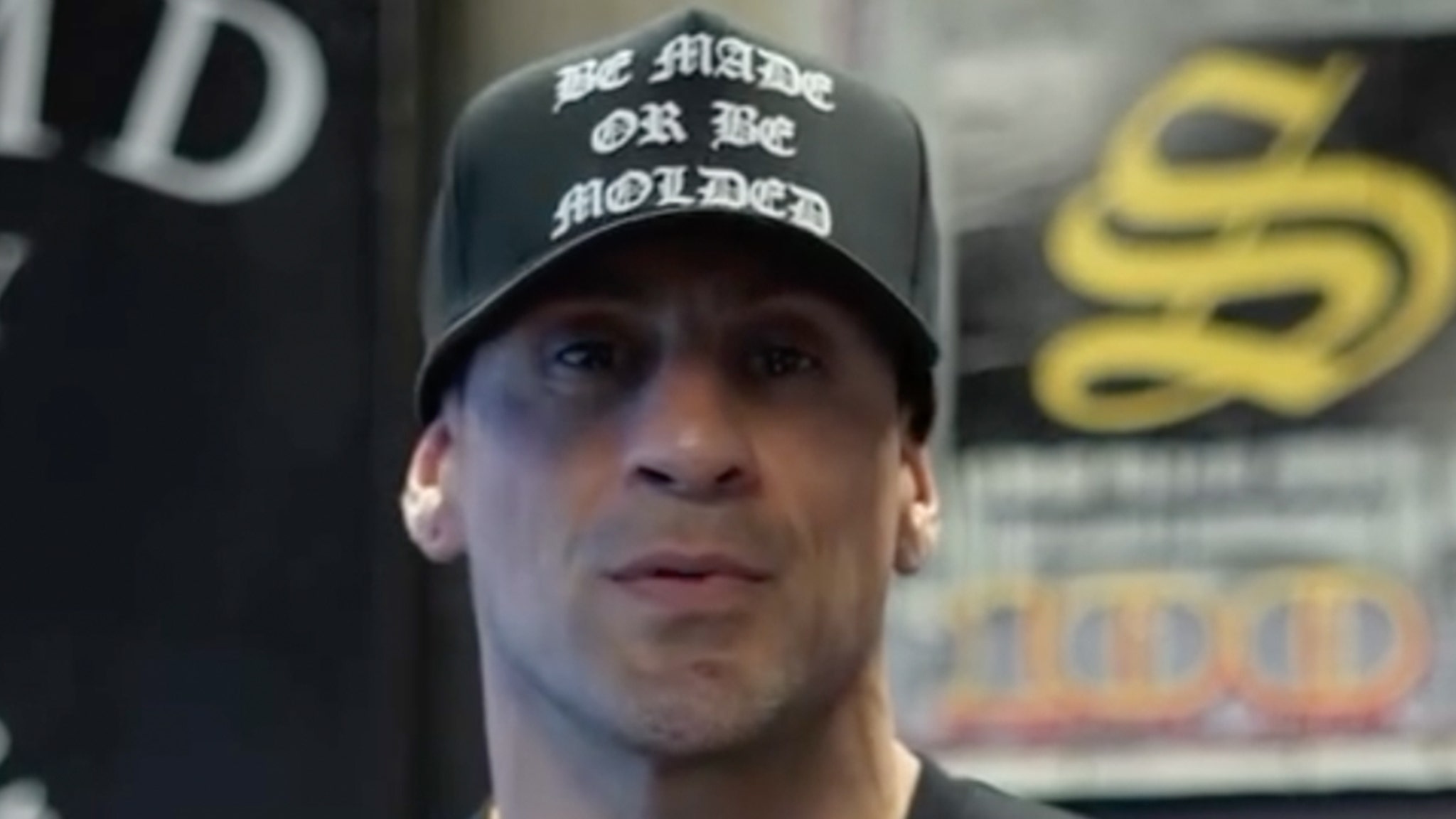Fashion
Style at Your Fingertips: Navigating the UK Fashion E-commerce Market Opportunities, Challenges and key Players by 2031

UNITED STATES, BURLINGAME, UNITED STATES, May 20, 2024 /EINPresswire.com/ — The UK fashion e-commerce market comprises online retail of clothing, footwear, accessories, and other fashion products. Consumers purchase a wide range of fashion products from popular online retailers for personal use.
The UK Fashion E-commerce market size was at US$ 31.19 billion in 2023 and is expected to reach US$ 85.51 billion by 2030, growing at a compound annual growth rate (CAGR) of 15.5% from 2023 to 2030.
Market Dynamics:
The UK fashion e-commerce market is expected to witness significant growth over the forecast period, owing to rising online shopping and increasing smartphone penetration in the country. According to the Office for National Statistics, the volume of retail sales through the internet accounted for over 25% of total retail sales in May 2022 compared to around 20% in May 2019. Moreover, increasing social media influence is also fueling the market growth. Young consumers extensively use Instagram and Facebook to browse latest fashion trends, follow celebrities and influencers, and make online purchases. This is positively impacting the growth of the UK fashion e-commerce market.
Request a sample copy of the report @https://www.coherentmarketinsights.com/insight/request-sample/6497
UK Fashion E-commerce Market Drivers
Increased Smartphone and Internet Penetration Drives Fashion E-commerce
The growing penetration of smartphones and high-speed internet access across UK has significantly increased the adoption of online shopping. As of 2020, over 90% of UK population owns a smartphone while over 95% have access to broadband internet. This widespread digital connectivity has made fashion e-commerce more accessible and convenient for customers to browse products and checkout purchases on mobile devices. Many fashion retailers have also optimized their websites and apps for smooth mobile shopping experience further driving online sales.
Rise of Social Media Influencers Encourages Online Fashion Purchases
The rise of social media influencers marketing fashion products online has emerged as a major driver for e-commerce sales. Platforms like Instagram, YouTube and Snapchat see millions of followers for fashion and lifestyle influencers who showcase outfits, try-haul videos and affiliate product links on daily basis. Their reviews and recommendations sway purchasing decisions of younger audiences who find online shopping more engaging through relatable influencers. Many fashion brands now dedicate significant marketing budgets to partner with top influencers to promote new collections and drive traffic to their websites.
Key Company Profiles:
H&M, Zalando, Amazon Fashion, Primark, Topshop, River Island, Missguided, PrettyLittleThing, ASOS, Boohoo, Next, Very, Marks & Spencer, John Lewis, New Look, JD Sports, Farfetch, Gymshark, Reiss, and AllSaints
Market segmentation:
By Product Type:
Clothing
Footwear
Accessories
Jewelry
Bags
Others
By End User:
Men
Women
Kids
Unisex
Others
By Price Range:
Premium
Mid-Range
Economy
Luxury
Others
By Distribution Channel:
Online Only
Omnichannel
Brick and Mortar Only
Department Stores
Specialty Stores
Direct to Consumer
Others
Key Region/Countries are Classified as Follows:
» North America (U.S., Canada, Mexico)
» Europe (Germany, U.K., France, Italy, Russia, Spain, Rest of Europe)
» Asia-Pacific (China, India, Japan, Singapore, Australia, New Zealand, Rest of APAC)
» South America (Brazil, Argentina, Rest of SA)
» Middle East & Africa (Turkey, Saudi Arabia, Iran, UAE, Africa, Rest of MEA)
UK Fashion E-commerce Market Restrain
Customer Preference for Touch and Feel Physical Products Still Remains
While online shopping offers convenience, for certain types of fashion products, there remains a strong customer preference to physically examine the fit, feel and texture of products before purchasing. Especially for apparels, footwear and accessories, many consumers still like to try the items at brick-and-mortar stores to check sizing and quality which is not possible with e-commerce. Factors like inability to change size or return non-fitting items act as a deterrent for some customers. This provides an advantage to physical retailers and restrains complete migration to online platforms.
UK Fashion E-commerce Market Opportunity
Growth of Resale and Recycled Fashion Offers New Opportunities
Sustainability is gaining increasing importance among fashion customers in UK. This presents opportunities for new business models around resale, recycled and up-cycled fashion which allow customers to extend product lifecycle and reduce waste. The resale market is one of the fastest growing segments with online thrift and consignment stores seeing significant traction. Niche players dealing in vintage, refurbished or used luxury goods also see a surge in demand. This emerging trend provides opportunities for new entrants to capitalize on customer priorities shifting towards more eco-friendly options.
UK Fashion E-commerce Market Trend
Personalization and Customization Trend Gains Traction
Mass customization is emerging as an important trend in fashion e-commerce where customers want uniqueness and ability to personalize products as per their individual taste. This offers opportunities to engage customers on digital platforms by allowing them to customize simple variables like colours, prints, monograms etc. on basic designs. Some players even offer advanced customization by providing custom measuring or scanning services followed by manufacturing personalized garments. As customers seek distinguished products, this trend will continue reshaping fashion shopping in UK in the coming years.
Buy Now @ https://www.coherentmarketinsights.com/insight/buy-now/6497
Some of the Major Points of TOC cover:
Chapter 1: Techniques & Scope
1.1Definition and forecast parameters
1.2Methodology and forecast parameters
1.3 Information Sources
Chapter 2: Latest Trends Summary
2.1 Regional trends
2.2 Product trends
2.3 End-use trends
2.4 Business trends
Chapter 3: Industry Insights
3.1 Industry fragmentation
3.2 Industry landscape
3.3 Vendor matrix
3.4 Technological and Innovative Landscape
Chapter 4: UK Fashion Ecommerce Market , By Region
Chapter 5: Company Profiles
5.1 Overview of the Company
5.2 Economic components
5.3 Product Overview
5.4 Analysis of Strengths and Weaknesses
5.5 Methodical Outlook
Chapter 6: Assumptions and Acronyms
Chapter 7: Research Methodology
Chapter 8: Contact (Continue . . .)
Request for Report Customization @https://www.coherentmarketinsights.com/insight/request-customization/6497
Mr. Shah
Coherent Market Insights Pvt Ltd
+1 2067016702
email us here
![]()








